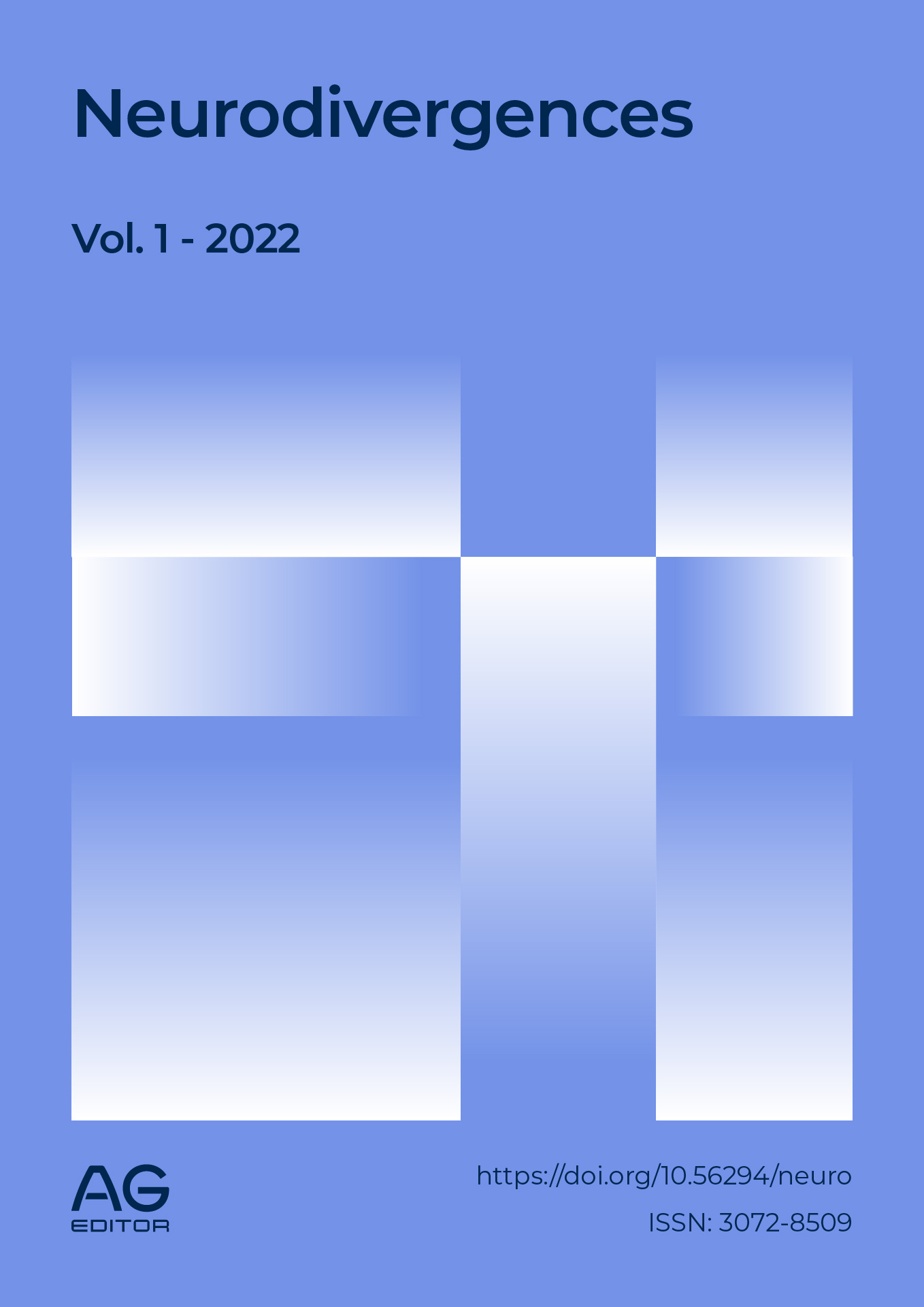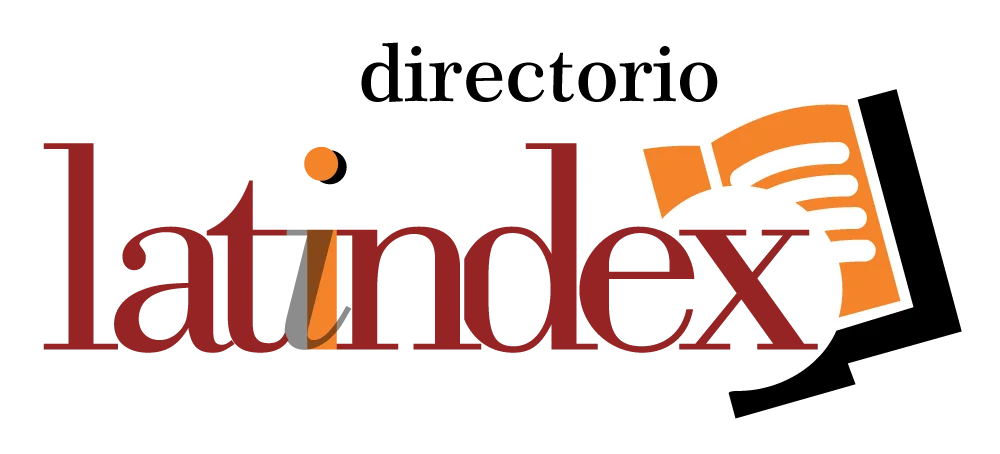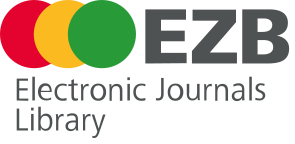Digital tools and their use in the education of children with ASD
DOI:
https://doi.org/10.56294/neuro202221Keywords:
ASD (TEA), digital tools, special education, pedagogical method, inclusionAbstract
The general objective of this work was to distinguish the digital tools used in the education of children with ASD in Argentina, in order to identify the most used. For this purpose, exploratory research was carried out in three institutions and a private workshop of AMBA on a population of children aged 3 to 18, using a qualitative approach. Sampling was intentional non-probabilistic and data collection was conducted through open and neutral interviews. The data obtained were coded and categorized considering their type and implementation. This work also included background on the digital technology used in other countries, as tools for evolution and inclusion in people with this type of disability.
References
Allen ML, Hartley C, Cain K. iPads and the use of “apps” by children with autism spectrum disorder: Do they promote learning? Front Psychol. 2016;7:1305. doi:10.3389/fpsyg.2016.01305.
Asamblea General de las Naciones Unidas. Convención sobre los Derechos de las personas con Discapacidad y su Protocolo Facultativo. Naciones Unidas; 2006. Disponible en: https://www.un.org/esa/socdev/enable/documents/tccconvs.pdf
Asociación Americana de Psiquiatría. Guía de consulta de los criterios diagnósticos del DSM-V. Arlington (VA): American Psychiatric Publishing; 2013.
Aspiranti KB, Larwin KH, Schade BP. iPads/tablets and students with autism: A meta-analysis of academic effects. Assist Technol. 2020;32(1):23-30. doi:10.1080/10400435.2018.1463575.
Tortosa NF. Avanzando en el uso de las TIC con personas con Trastorno del Espectro Autista: usos y aplicaciones educativas. 2002. Disponible en: https://diversidad.murciaeduca.es/tecnoneet/docs/2002/5-92002.pdf
Hebron J, Bond C. Developing mainstream resource provision for pupils with autism spectrum disorder: parent and pupil perceptions. Eur J Spec Needs Educ. 2017;32(4):1-16. doi:10.1080/08856257.2017.1297569.
Hernández Sampieri R, Fernández Collado C, Baptista Lucio MP. Metodología de la investigación. 5ª ed. México: McGraw-Hill; 2010.
Humphrey N, Parkinson G. Research on interventions for children and young people on the autistic spectrum: a critical perspective. J Res Spec Educ Needs. 2006;6(2):76-86. doi:10.1111/j.1471-3802.2006.00062.x.
Argentina. Ley N° 26.378. Convención sobre los Derechos de las Personas con Discapacidad y su Protocolo Facultativo. Senado y Cámara de Diputados de la Nación; 2008. Disponible en: https://www.un.org/esa/socdev/enable/documents/tccconvs.pdf
Mertens DM. Research and evaluation in education and psychology. Thousand Oaks (CA): Sage Publications; 2005.
Organización Mundial de la Salud. Trastornos del espectro autista. OMS; 2019. Disponible en: https://www.who.int/es/news-room/fact-sheets/detail/autism-spectrum-disorders
Sanromá-Giménez M, Lázaro-Cantabrana JL, Gisbert-Cervera M. La tecnología móvil. Una herramienta para la mejora de la inclusión digital de las personas con TEA. Psicol Conoc Soc. 2017;7(2):227-251. doi:10.26864/PCS.v7.n2.10.
Sanromá-Giménez M, Lázaro-Cantabrana JL, Gisbert-Cervera M. El papel de las tecnologías digitales en la intervención educativa de niños con trastorno del espectro autista. Rev Interuniv Investig Tecnol Educ. 2018;4:41-54. doi:10.6018/riite/2018/327991.
Universidad Internacional de Valencia. El uso de TICs en escolares diagnosticados de autismo. 2018. Disponible en: https://www.universidadviu.com/el-uso-de-tics-en-escolares-diagnosticados-de-autismo/
Published
Issue
Section
License
Copyright (c) 2022 Fernando Pablo Mazza (Author)

This work is licensed under a Creative Commons Attribution 4.0 International License.
The article is distributed under the Creative Commons Attribution 4.0 License. Unless otherwise stated, associated published material is distributed under the same licence.






